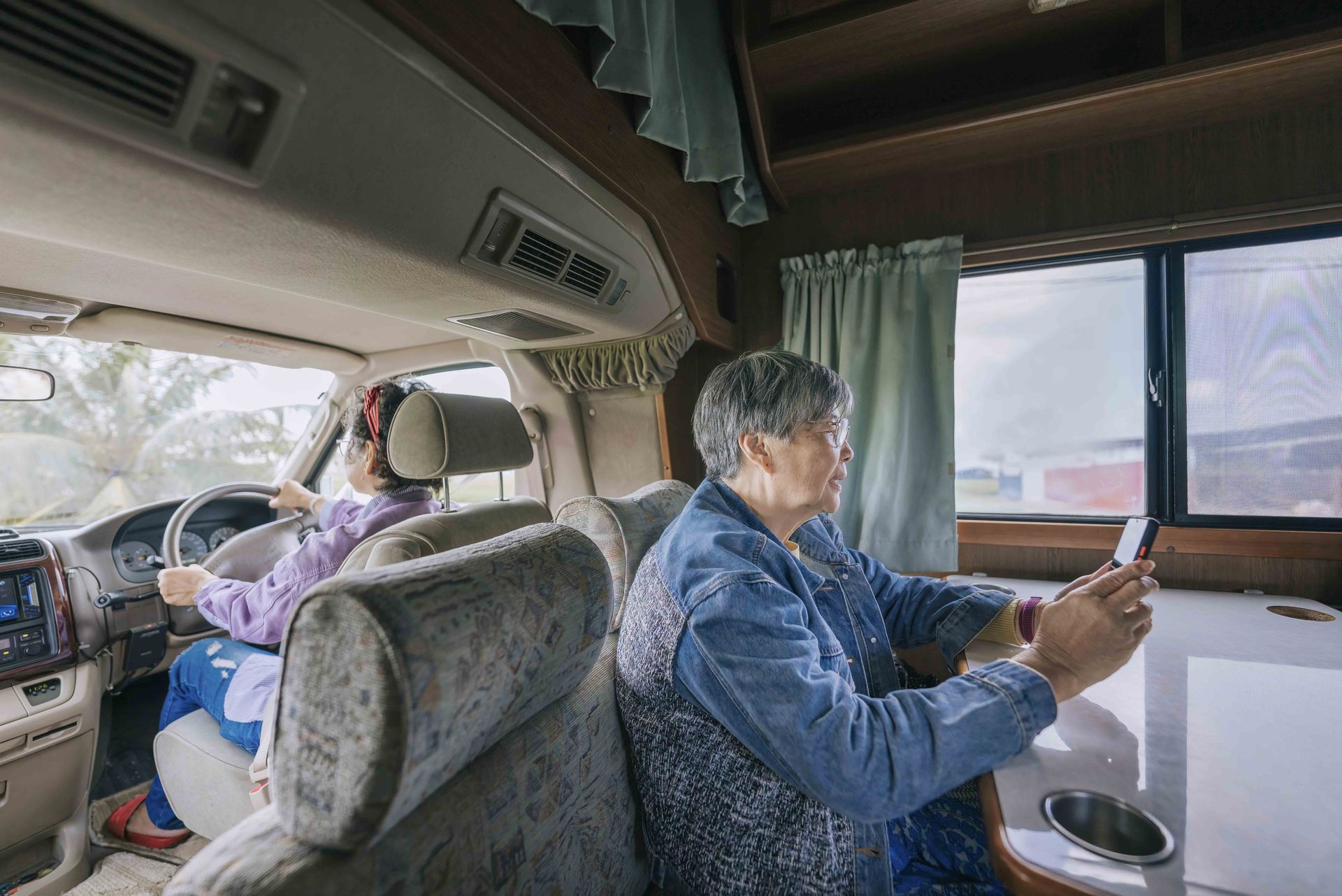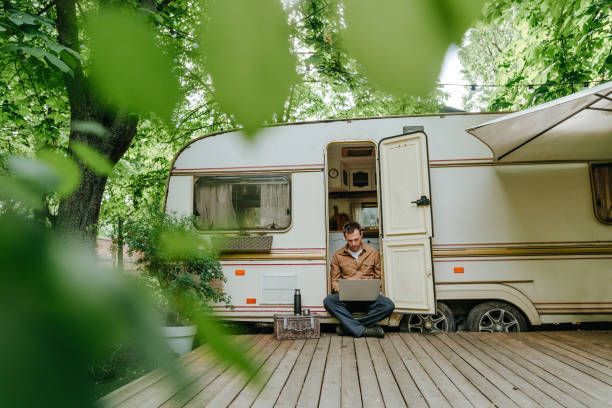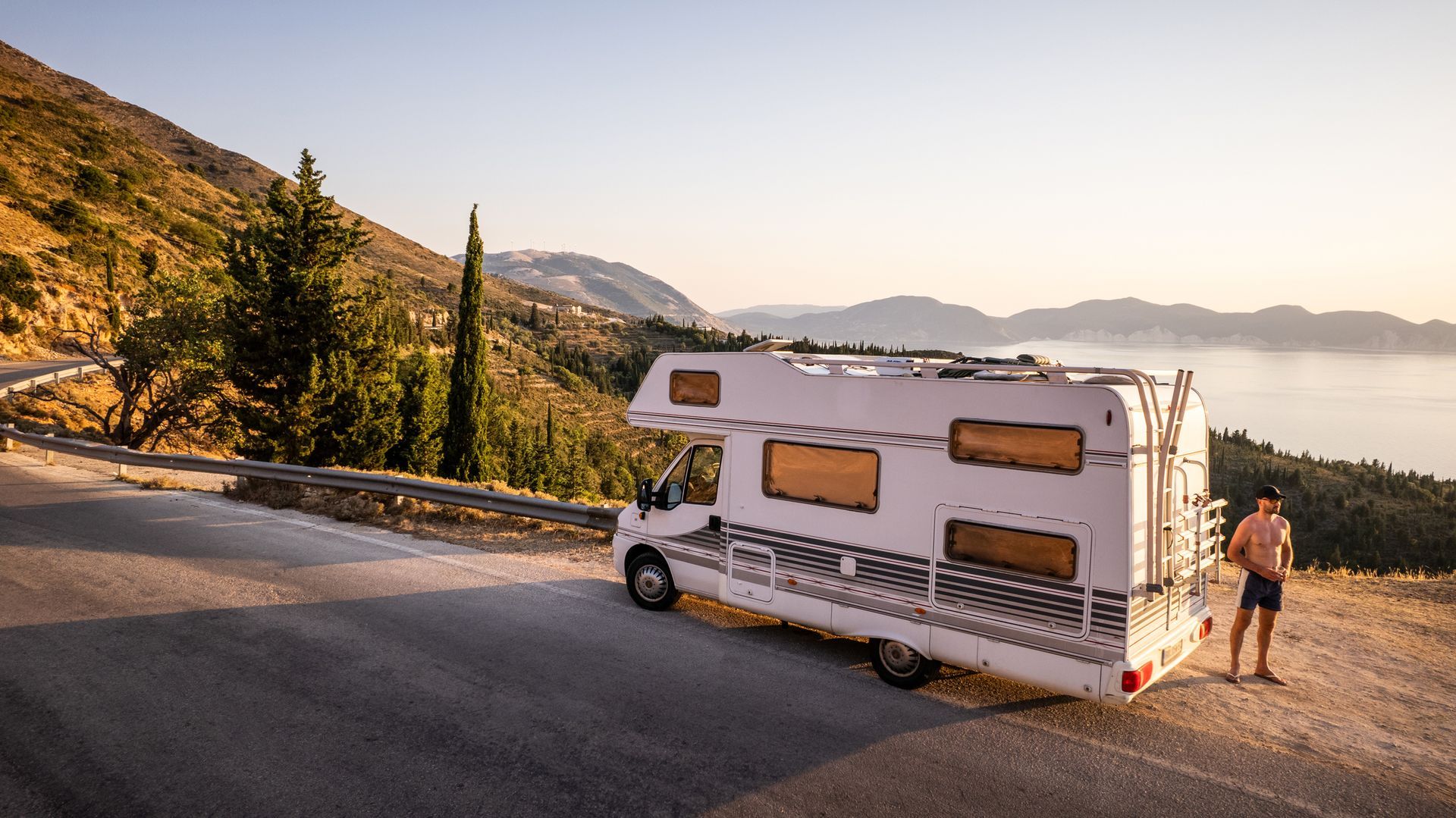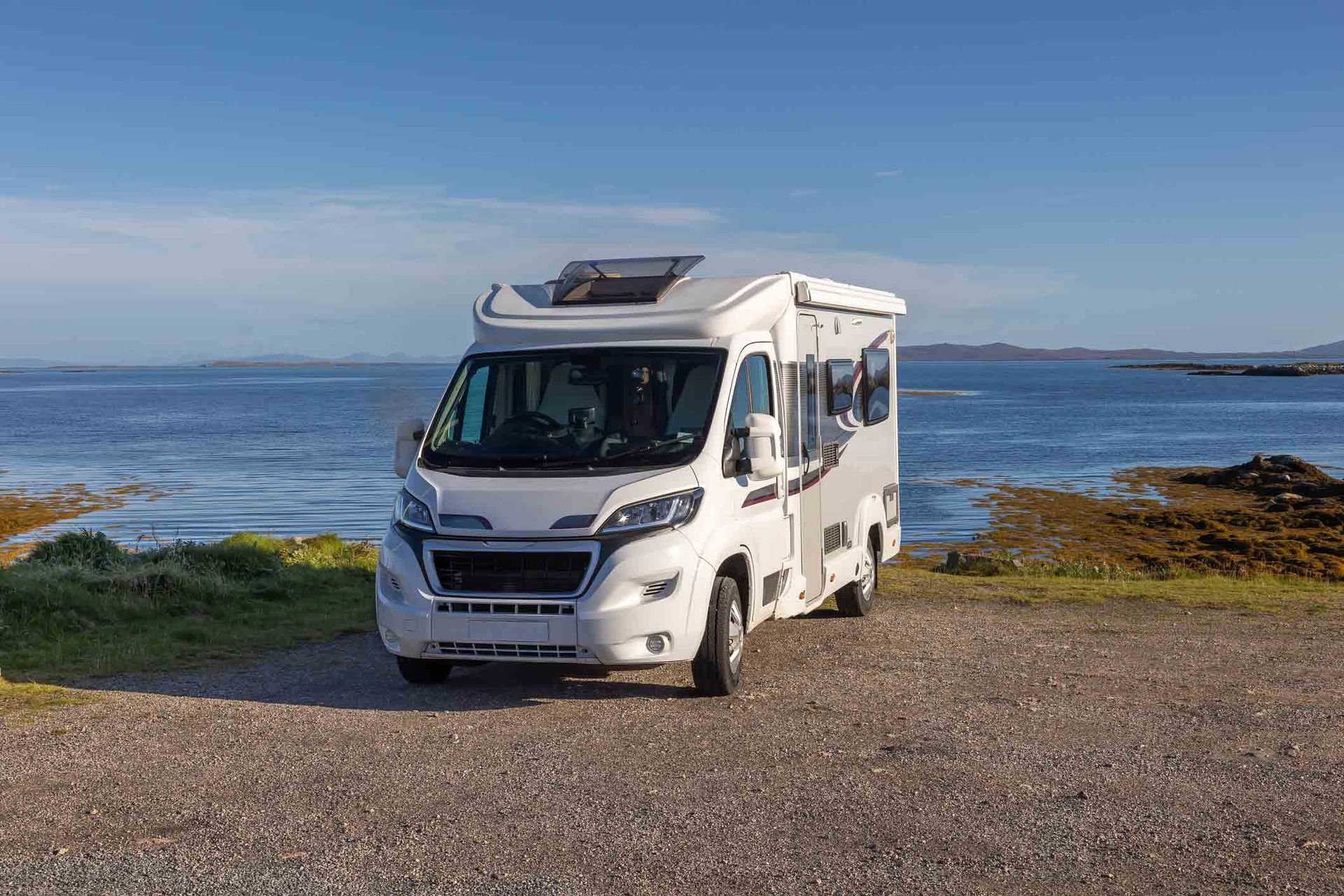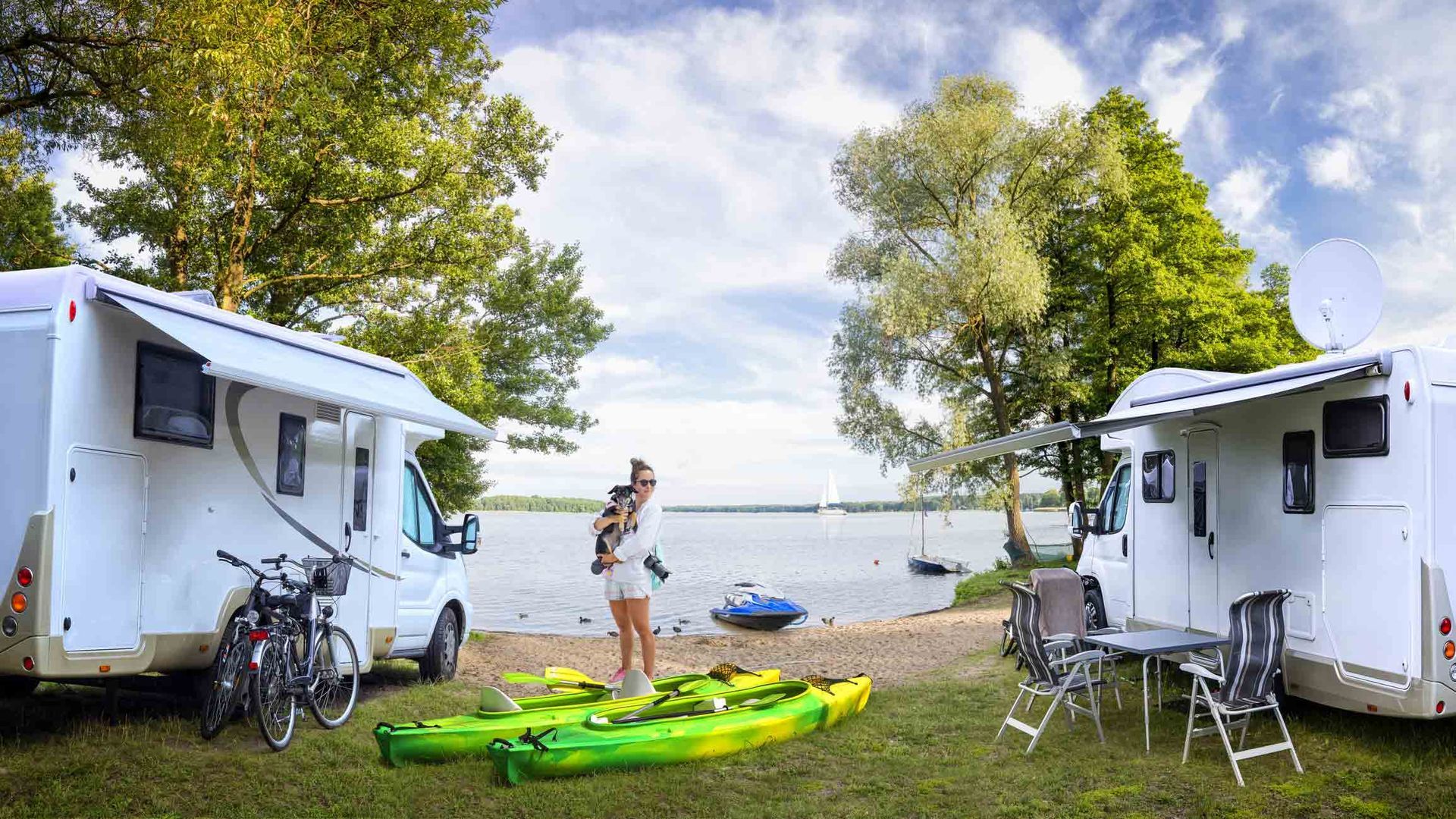'Tis the Season….to Winterize Your RV! 2022
Winterizing your RV, whether a travel trailer fifth-wheel or motor home, is a bittersweet affair. On one hand, you have to do it so your precious baby will survive the cold weather ahead. On the other hand, it means the end of the camping season.
Come to think of it, there's nothing sweet about it. It's all bitter, just like the cold!
Regardless, it's one of those jobs that you have to do. Whether you have your trusted RV service center (hint, hint!) perform this task, or you do it yourself, make sure it's done BEFORE freezing temperatures come and do damage to your home on wheels. While you read this from the comfy warmth of your home, let me remind you of a few things about cold weather and your RV.
Two of the most common questions about winterizing are "How cold does it need to get before I winterize?" and "When is it time to winterize my RV?" Well…water freezes at 32 degrees. No one wants broken water fittings, broken toilet valves, or cracked water pump heads. Winterize your RV before the temperature drops to 32 degrees to ensure that won't happen. Usually, that's around mid to late October for this area. As soon as you're done for the season with your RV, it's time to winterize it. The sooner you get it done, the better; you never know when we will have our first freeze here in the high country. Why take a chance? That's what Vegas is for!
Some will blow out their RV's water lines with compressed air to winterize it. While this is a quicker way to winterize, it only guarantees that some water is removed from your plumbing system. Getting enough pressure from a household air compressor to force out the water in your RV is almost impossible. Many who use this method often replace toilet valves, faucets, and water pumps in the spring. For every RVer that blows out their system without issue, many need repairs by us once winter is over.
When winterizing an RV, we pump RV antifreeze (NOT the same as auto antifreeze) through the entire freshwater system. RV antifreeze is pink in color. This process is a little involved for the first time. It requires the installation of bypass valves on the back of your water heater. You don't run the antifreeze into the water heater because it gets drained. Once the valves are installed, they are permanent. The process of winterizing and de-winterizing then takes only about 15-20 minutes. Most RVs take between 2 and 4 gallons of RV antifreeze. The antifreeze gets pumped through the system at your freshwater pump. As it moves through the lines, you open all faucets until pink comes out and flush the toilet until pink appears. If an RV has a washing machine, it also requires winterizing, and you will use a few more gallons of antifreeze. If your fridge has an ice maker, it also needs winterizing. Any water filter systems are either bypassed or removed as well.
If you want to winterize your RV yourself but need help with what to do, give us a call or stop by our shop. We gladly talk customers through the steps and ensure you have everything necessary to do the job. If you'd prefer us to do it for you, we provide the service at our shop or wherever your RV is located. Regardless, pay attention to preparing your RV for winter or think that it's not essential. We hate seeing folks panic about repairs when they leave on that first spring/summer getaway due to leaks and breaks in the water system.
Old man, winter is coming here; don't let his freezing fingers wreak havoc on your RV!

